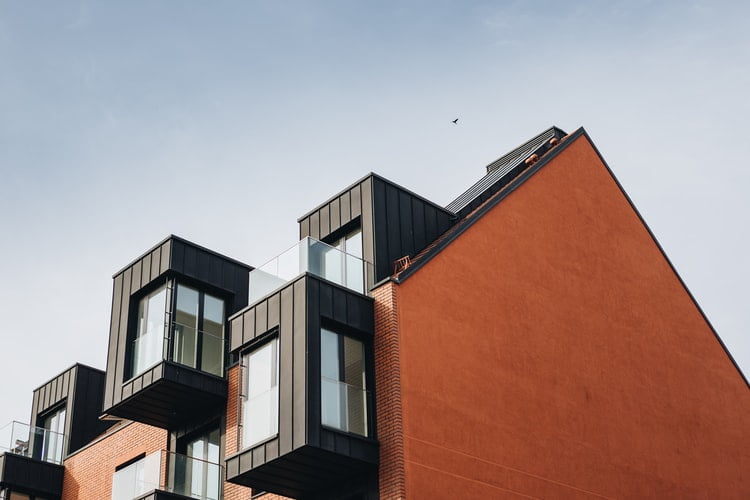Whilst the doomsayers will tell you that Australia’s property market is in a frenzy, with house prices growing to unsustainable and unaffordable levels, we’re not the only country experiencing a COVID- inspired boom and we’re nowhere near the top in terms of property price growth.
‘Whilst much of the demand will find its way to higher-priced homes, I expect we will see buying across all price ranges.’
John Mcgrath

Global house prices have been surging since late 2020, with the intense buying activity is seen here in Australia replicated all over the world due to historically low-interest rates, the search for more space and the vaccine roll-out inspiring rising confidence amongst buyers, sellers and investors.
In 2020, house prices in Australia rose by an aggregate of 3.7%, according to CoreLogic data. They went up 4% in Sydney, 4.6% in Brisbane and 8.5% in Canberra; and fell -2% in Melbourne. Prices have risen strongly in all capital cities so far this year, with growth rates eclipsing 2020 already. Compare /cx717-review/ this to the rest of the world though, and we look tame. The latest report from Global Property Guide shows far greater price growth in the capital cities of many other developed countries last year, led by Auckland in New Zealand at 18.4% and Berlin in Germany at 11.1%.
Next was;
- Luxembourg City in Luxembourg (10.6%),
- New York in the U.S. (10.4%),
- Stockholm in Sweden (10.1%),
- Vienna in Austria (9.4%),
- Toronto in Canada (9.4%)
- Seoul in South Korea (9.1%).
The search for more space is a strong driving trend in the global boom. It is led by buyers who can now work from home and are leaving inner cities for outskirt suburbs or regional areas.
Across Australia, strong competition in outlying areas has led to a slew of suburb records, including in Cecil Hills in Sydney’s north-west ($3.5 million); Keilor Park in Melbourne’s north-west ($1.78 million) and Woorim on Queensland’s Bribie Island ($2.375 million), according to realestate.com.au. Some buyers are retaining their city residences and adopting a ‘digital nomad’ lifestyle by purchasing second homes in lifestyle locations where they can work remotely for months at a time. This is a particularly strong trend in the world’s prestige sector. Popular holiday locations such as the Caribbean, the Alps, the Italian Lakes and Aspen have seen an influx of second-home buyers who are using funds normally reserved for international holidays to purchase ‘co-primary residences’.
According to Knight Frank’s 2021 Wealth Report, these second residences are as luxurious as the buyers’ primary homes, with features such as cinema rooms, gyms and A-grade technology. The hunt for second homes is not the only trend driving global prestige prices. Countries that have managed the virus well, including Australia, have seen thousands of ex-pats returning. Expats typically buy higher-end homes and they are competing with locals seeking to upsize because they can’t travel. Knight Frank’s Q1 2021 Prime Global Cities Index shows prestige home values have surged over the past year by 18.9% in Shenzhen, 16.3% in Shanghai, 16.2% in Guangzhou and 15.2% in Vancouver.
There was 10-15% growth in Seoul, St Petersburg, Los Angeles, Moscow, Taipei, Miami and Toronto. Meantime, Australia’s best-performing prestige markets were Perth up 4.1%, Brisbane up 3.8% and the Gold Coast up 3.5%.
Returning ex-pats have so far offset the loss of overseas migration to Australia, which is usually our biggest source of population growth. However, it was flagged in last month’s Federal Budget that our international border isn’t likely to re-open until the middle of 2022. This is later than expected. Whilst repatriation of Australian citizens will continue, the resumption of overseas migration and tourism will be delayed. This will continue to dampen the capital growth and rental values of inner-city apartments, particularly in Sydney and Melbourne where most migrants start their new lives.
This does provide a longer window of opportunity for first home buyers and investors, with an inevitable bounceback in values once hundreds of thousands of migrants per year come back.
Elsewhere in the market, the current surge in local demand and property values will no doubt plateau in the near future as the inevitable buyer fatigue calms things down. International borders opening up will be the next catalyst for price growth. Australia and New Zealand have proven to be the safest places to live in the world and ex-pats and overseas residents will both seek to secure a property as soon as the opportunity presents itself.
Whilst much of the demand will find its way to higher-priced homes, I expect we will see buying across all price ranges. Traditionally, the vast majority of immigrants investing into Australia have focused on Sydney and Melbourne but due to lifestyle and workplace changes post-COVID, we should see a wider spread of investment, including manor regionals.



















